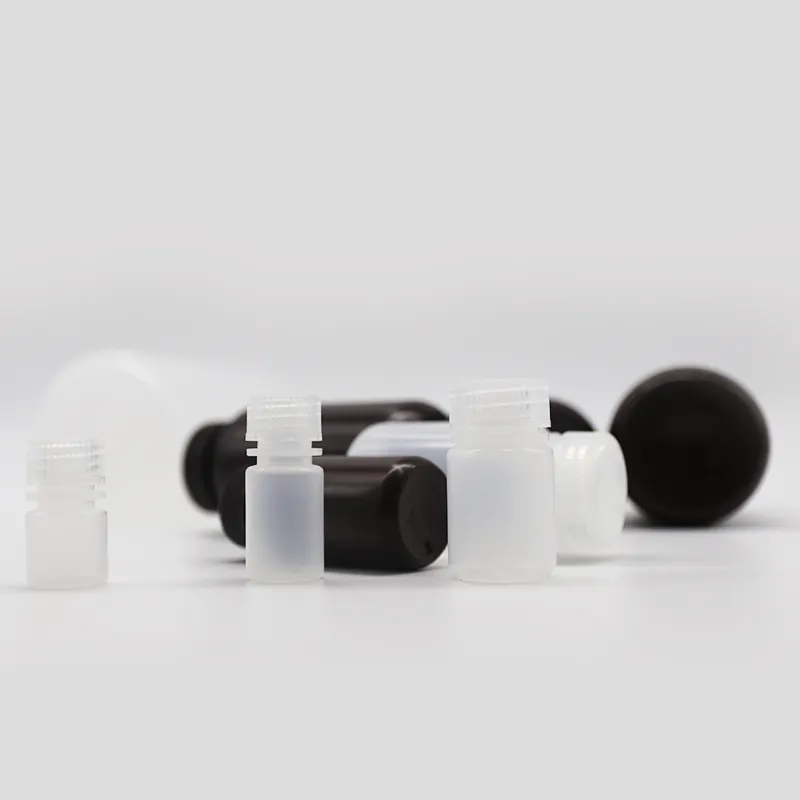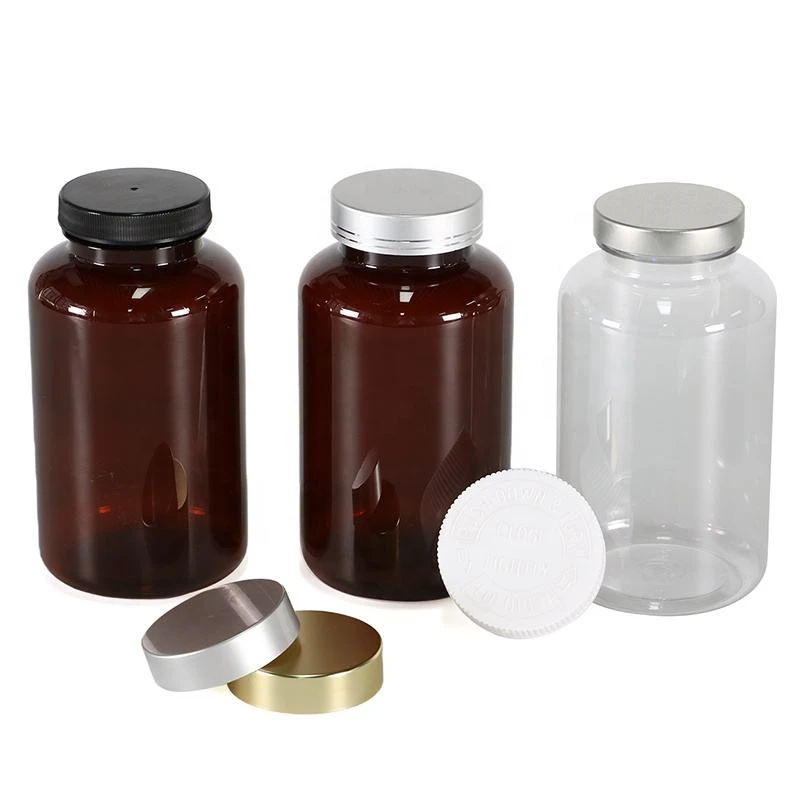
-
 Afrikaans
Afrikaans -
 Albanian
Albanian -
 Amharic
Amharic -
 Arabic
Arabic -
 Armenian
Armenian -
 Azerbaijani
Azerbaijani -
 Basque
Basque -
 Belarusian
Belarusian -
 Bengali
Bengali -
 Bosnian
Bosnian -
 Bulgarian
Bulgarian -
 Catalan
Catalan -
 Cebuano
Cebuano -
 Corsican
Corsican -
 Croatian
Croatian -
 Czech
Czech -
 Danish
Danish -
 Dutch
Dutch -
 English
English -
 Esperanto
Esperanto -
 Estonian
Estonian -
 Finnish
Finnish -
 French
French -
 Frisian
Frisian -
 Galician
Galician -
 Georgian
Georgian -
 German
German -
 Greek
Greek -
 Gujarati
Gujarati -
 Haitian Creole
Haitian Creole -
 hausa
hausa -
 hawaiian
hawaiian -
 Hebrew
Hebrew -
 Hindi
Hindi -
 Miao
Miao -
 Hungarian
Hungarian -
 Icelandic
Icelandic -
 igbo
igbo -
 Indonesian
Indonesian -
 irish
irish -
 Italian
Italian -
 Japanese
Japanese -
 Javanese
Javanese -
 Kannada
Kannada -
 kazakh
kazakh -
 Khmer
Khmer -
 Rwandese
Rwandese -
 Korean
Korean -
 Kurdish
Kurdish -
 Kyrgyz
Kyrgyz -
 Lao
Lao -
 Latin
Latin -
 Latvian
Latvian -
 Lithuanian
Lithuanian -
 Luxembourgish
Luxembourgish -
 Macedonian
Macedonian -
 Malgashi
Malgashi -
 Malay
Malay -
 Malayalam
Malayalam -
 Maltese
Maltese -
 Maori
Maori -
 Marathi
Marathi -
 Mongolian
Mongolian -
 Myanmar
Myanmar -
 Nepali
Nepali -
 Norwegian
Norwegian -
 Norwegian
Norwegian -
 Occitan
Occitan -
 Pashto
Pashto -
 Persian
Persian -
 Polish
Polish -
 Portuguese
Portuguese -
 Punjabi
Punjabi -
 Romanian
Romanian -
 Russian
Russian -
 Samoan
Samoan -
 Scottish Gaelic
Scottish Gaelic -
 Serbian
Serbian -
 Sesotho
Sesotho -
 Shona
Shona -
 Sindhi
Sindhi -
 Sinhala
Sinhala -
 Slovak
Slovak -
 Slovenian
Slovenian -
 Somali
Somali -
 Spanish
Spanish -
 Sundanese
Sundanese -
 Swahili
Swahili -
 Swedish
Swedish -
 Tagalog
Tagalog -
 Tajik
Tajik -
 Tamil
Tamil -
 Tatar
Tatar -
 Telugu
Telugu -
 Thai
Thai -
 Turkish
Turkish -
 Turkmen
Turkmen -
 Ukrainian
Ukrainian -
 Urdu
Urdu -
 Uighur
Uighur -
 Uzbek
Uzbek -
 Vietnamese
Vietnamese -
 Welsh
Welsh -
 Bantu
Bantu -
 Yiddish
Yiddish -
 Yoruba
Yoruba -
 Zulu
Zulu
Premium Medical Lab Consumables Supplier Comprehensive Lab Consumables List
- Introduction to medical lab consumables
and their critical importance in laboratories - Comprehensive lab consumables list for modern laboratory environments
- Data-driven insights: impact of quality consumables on laboratory results
- Technical advancements in general lab consumables and their operational benefits
- Supplier landscape: comparative table and key differentiators among leading manufacturers
- Tailored supply solutions: how laboratories can optimize consumable procurement
- Concluding thoughts on medical lab consumables and future trends

(medical lab consumables)
1. Introduction: The Role of Medical Lab Consumables in Accurate Diagnostics
The functionality and reliability of any modern laboratory hinge upon the consistent and high-quality use of medical lab consumables. These essential items—ranging from sample vials to pipette tips and diagnostic plates—constitute the backbone of processes in research, clinical, and industrial laboratory settings. Laboratories worldwide invest more than $15 billion annually in consumables, a figure which continues to rise with the advent of automated and high-throughput analysis. The right small-scale materials enable not simply convenience but precision, efficiency, and reproducible outcomes across testing workflows.
2. Key Categories: Extensive Lab Consumables List for Every Workflow
Laboratory operations involve a vast array of consumables tailored for differing methodologies and tasks. A comprehensive lab consumables list is foundational for procurement planning and maintaining uninterrupted sample processing. Some common categories include:
- Sample Collection: Tubes, swabs, specimen containers
- Sample Preparation: Pipette tips, microtubes, centrifuge tubes
- Chemical Analysis: Cuvettes, chromatography columns, filter papers
- Cultivation and Storage: Petri dishes, culture plates, cryovials, storage bottles
- Safety and Cleanliness: Gloves, wipes, face masks, autoclave bags
Each item plays a targeted role, whether managing hazardous fluids, ensuring isolation of samples, or preventing contamination during sensitive experiments such as PCR or ELISA. Continuous innovation in design and material science is broadening the functionality and longevity of routine consumables. This evolving range requires ongoing staff training and effective inventory management.
3. Measurable Impact: How Consumable Quality Influences Laboratory Results
Data from a 2023 industry-wide survey reveals that 79% of laboratory errors originate from pre-analytical stages, where consumables are predominantly used. The quality of general lab consumables affects parameters such as sample integrity, cross-contamination rates, and reagent compatibility. Several critical statistics highlight this influence:
| Consumable Type | Error Rate (%) (Low Quality) |
Error Rate (%) (High Quality) |
Impact Area |
|---|---|---|---|
| Pipette Tips | 4.2 | 0.6 | Volume Accuracy, Cross-contamination |
| Microcentrifuge Tubes | 2.7 | 0.5 | Sample Loss, Leaching |
| Glass Slides | 1.8 | 0.2 | Smear Quality, Staining Consistency |
| Cuvettes | 3.1 | 0.4 | Optical Clarity, Measurement Precision |
The table demonstrates how investing in superior consumables can drop error rates by a factor of six or more, fortifying laboratory reliability and supporting accreditation goals. Furthermore, improved durability and compatibility with automated instruments reduce long-term operational costs.
4. Technical Advances in General Lab Consumables
The past five years have ushered in significant advances in the design and manufacture of general lab consumables. Leaders in laboratory plastics and glassware are deploying medical-grade resins, precision molding, and automated quality control to elevate product performance. Technical benefits now include:
- Ultra-low retention pipette tips reduce sample loss by 70% in genomics workflows.
- Leakproof, chemically inert microtubes expand stability for long-term sample storage at -80°C.
- Biosafe coatings on petri dishes decrease microbial adherence, improving culture integrity by 40%.
- RFID-enabled sample vials facilitate real-time tracking and inventory management.
Regulatory shifts, for example in the European Medical Device Regulation (MDR), drive higher standards and encourage supplier transparency. Laboratories are increasingly prioritizing sustainability, selecting recyclable and biodegradable materials where feasible without compromising on performance characteristics.
5. Supplier Comparison: Leading Manufacturers of Lab Consumables
Selecting the right supplier is crucial to ensuring batch consistency and traceable quality in medical and research laboratories. Here is a comparative overview of major providers:
| Manufacturer | Annual Output | Certifications | Range of Consumables | Lead Time (Days) | Sustainability Initiatives |
|---|---|---|---|---|---|
| Eppendorf | >10 billion units | ISO 9001, ISO 13485 | Pipette tips, tubes, plates, vessels | 7-14 | Bioplastics, recycling programs |
| Thermo Fisher Scientific | >15 billion units | ISO 9001, ISO 14001 | Full spectrum | 5-10 | Energy-efficient operations, waste reduction |
| Sarstedt | ~8 billion units | ISO 9001, ISO 13485 | Tubes, storage, automation solutions | 10-20 | Solar-powered facilities, eco-design |
| Greiner Bio-One | ~6 billion units | ISO 9001, ISO 14001 | Plastics, plates, vacuum blood collection | 7-12 | Eco-line products, circular economy |
The comparison highlights not only product diversity and regulatory compliance but also growing commitments to environmental stewardship. Manufacturers offering customizable and eco-conscious lines are quickly becoming preferred partners for forward-thinking laboratories.
6. Customization: Optimizing Lab Consumables Supply Chains
Custom solutions are key to overcoming the challenges of limited storage, fluctuating demand, and specialized analysis protocols. Progressive suppliers now offer tailored procurement models, including:
- Just-in-Time (JIT) Delivery: Reduces on-site inventory, guaranteeing fresh stock and minimizing expiries.
- Private Labeling: Enables brand consistency and specification control for multi-site hospital or research groups.
- Kitting Services: Supplier-assembled kits that correspond to precise test protocols, e.g., COVID PCR kits with pre-sterilized, lot-traceable components.
- Forecast Integration: ERPs and AI-driven models help synchronize supply with anticipated demand, especially for seasonal or time-critical research peaks.
These strategies enhance operational agility, support compliance with clinical trial and accreditation requirements, and can deliver cost savings of up to 18% per annum via reduced wastage and automated reordering. Integration with laboratory management systems ensures traceability and seamless replenishment.
7. Conclusion: The Future of Medical Lab Consumables in an Evolving Industry
In conclusion, medical lab consumables are integral—underpinning accuracy, safety, and efficiency across the spectrum of laboratory science. Quality, technical innovation, and vendor reliability must be assessed alongside sustainability and customization options. As laboratories face increasing regulatory and throughput demands, the move toward intelligent consumables—managed by digital systems and crafted with greener materials—will drive the next wave of productivity and excellence.
Laboratories that prioritize their consumable strategies will maintain a competitive edge, reducing risk and ensuring the integrity of scientific and medical outcomes for years to come.

(medical lab consumables)
FAQS on medical lab consumables
Q: What are medical lab consumables?
A: Medical lab consumables are disposable products used during laboratory diagnostics and research. They include items like pipette tips, tubes, and gloves. These products support efficient and accurate testing.Q: Where can I find a lab consumables list for general laboratory use?
A: Most suppliers provide a lab consumables list on their websites or catalogs. Common items are test tubes, petri dishes, and sample containers. You can request tailored lists based on your specific needs.Q: What makes general lab consumables different from specialized ones?
A: General lab consumables are used across various tests and disciplines, while specialized consumables serve specific tests or equipment. For example, general items include pipettes and tips. Specialized consumables may be unique cartridges or sensors.Q: How should medical lab consumables be stored?
A: Store medical lab consumables in a clean, dry, and organized environment. Some items may require temperature or contamination controls. Always follow the manufacturer's recommendations for storage.Q: Why is it important to use high-quality lab consumables?
A: High-quality lab consumables ensure accuracy and reliability in test results. They help prevent contamination and equipment damage. Investing in quality improves laboratory workflow and safety.-
Little Dropper Bottles Wholesale – Leak-Proof, Precise Dispensing Little Plastic Vials & Dropper Tip Bottles for Versatile UseNewsJul.08,2025
-
What is a Culture Plate? Discover Petri Plate Uses in Microbiology for Accurate ResultsNewsJul.08,2025
-
Wholesale Pipette Bottles - 30ml Dropper Bottles with Pipette & Small Pipette Bottles SupplierNewsJul.07,2025
-
Petri Dish Laboratory Apparatus Uses – Essential Lab Equipment for Microbiology ResearchNewsJul.06,2025
-
Glide Homeo Bottles Wholesale Black Plastic Spray Bottles Supplier Bulk Mist Bottles for HomeopathyNewsJul.06,2025






















